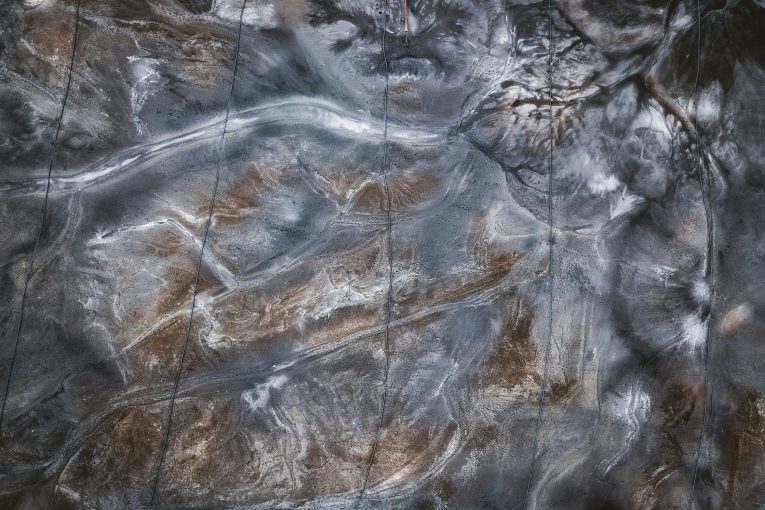by Razor Babb
Donald “Curly” Brooks (63) arrived at Mule Creek State Prison, a medical facility, in 2016. As of his fortieth year of incarceration, Curly is legally blind with an assortment of medical conditions. Until about a year ago, however, he was fairly robust and maintained a weight of around 260 lbs. Then, within three months he suddenly experienced rapid weight loss of thirty pounds and felt extreme pain in his side. A medical exam revealed kidney stones. Further testing discovered a tumor in his other kidney, later diagnosed as cancer. He underwent surgery to implant a stent to treat the stones, followed by another surgery to remove the cancerous kidney. He has been on a merry-go-round of trips to the yard clinic and outside medical centers, lost another twenty pounds, and says on several occasions medical staff were completely unaware of his condition or why he was there. Sadly, this is not an unusual situation. Inadequate or ineffective medical care is routine on the inside.
The Yale Law Journal reported in “Free-World Law Behind Bars” by Aaron Littman, “In many states, licensure laws permit doctors who lack full medical licenses–either because they never passed licensure exams or because their licenses were suspended–to practice inside prisons and jails under special, limited-scope institutional licenses.” Departments of corrections seek out physicians with limited practice licenses because fully licensed providers require higher salaries. The Department of Health and Human Services certifies certain geographic areas, specific population groups, or facilities–such as prisons and jails–as Health Professional Shortage Areas (HPSAs). The HPSA designation carries significant benefits, such as loan forgiveness for providers who participate in a National Health Service Corps placement program and visa waivers for noncitizen physicians with residency training in the US.
Prison healthcare has gone the way of canteen and food service providers–sold out to the highest for-profit bidder. Private equity firms such as Wellpath Holdings, Centurian Health, Prime Care Medical, NaphCare, Armor Correctional Health Services, and Corizon Health are wholly responsible to their shareholders and an attractive alternative for the departments of corrections. They take complete responsibility for healthcare and do it on the cheap, with bottom-line profits as the motivation. In many cases, they utilize physician assistants instead of doctors and cut costs by limiting hospital transfers and overnight stays. In a Prison Legal News exposé (April 2024) Professor of Criminology and Justice Andrew Harris states, “These companies are inherently motivated to make money. That’s why they are in business. There are going to be situations where care is going to be withheld, very often with negative consequences for patients.”
Reuters News reports that facilities that utilize privatized healthcare providers have much higher death rates than facilities where government agencies provide services. NaphCare and Armor had the highest death rates at around twenty per 10,000 people incarcerated. Last year Mule Creek State Prison was released from federal receivership oversight after the office of the inspector general determined they complied with healthcare oversight regulations. Many disagree with that finding.
Doctors can’t tell Curly how he contracted kidney cancer. His kidney was sent to Stanford University for a biopsy. He hopes the report has some answers. Suspicions have arisen that exposure to contaminated drinking water may be involved. MCSP settled a $1.7 million lawsuit recently for dumping toxic water into the community watershed, and incarcerated residents have filed numerous lawsuits.
David N. Pellow, a professor from the University of California Santa Barbara, author of “Struggles for Environmental Justice in US Prisons and Jails” told a freelance journalist, “There are lots of examples proving water could be the worst environmental justice issue in prisons across the country and the world.” Pellow points out that prisons and jails in the US are frequently built adjacent to or even on top of toxic waste sites, are inundated with air and/or water contamination, are sources of hazardous waste generation, and are places where people of color are highly overrepresented. Scholars have documented the fact that people of color, immigrants, Indigenous people, low-income persons, women, and queer folk across the US and the globe who already experience social, political, economic, and cultural marginalization are also more likely to experience disproportionate environmental and public health threats from state and corporate institutions than other populations. Because of this systemic maltreatment, Pellow refers to these marginalized demographics as “despised populations.” This troubling intersection of mass incarceration, the explosion of the Prison Industrial Complex, and the commercialism of imprisonment, along with the environmental injustices imposed on our most vulnerable communities reflects a society more inhumane than human.
As for the healthcare provided at Mule Creek, Curly Brooks says, “It’s like everything else inside, they do it on the cheap and they do it in the dark. Where I come from, you get what you pay for, and other than these forty years I gave them, I have yet to receive a bill.”
